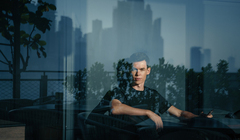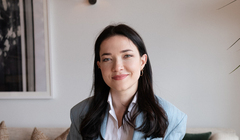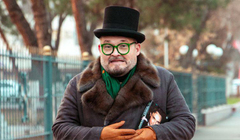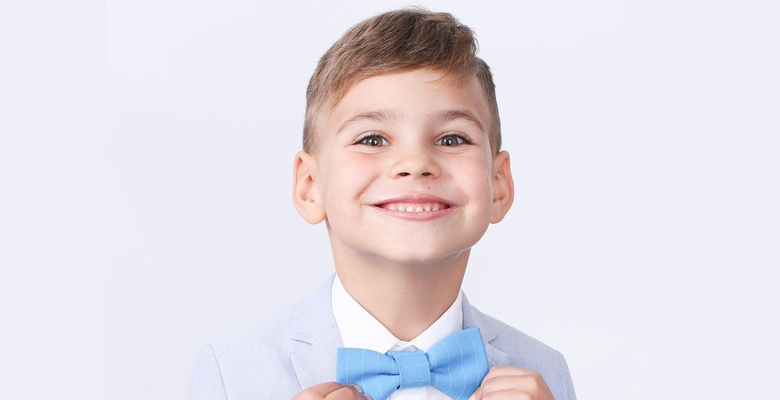
Alongside Paris, Milan and New York, London is one of the centres of world fashion. At the annual London Fashion Week, leading designers present their latest collections and supermodels representing major companies feature in photo shoots and fashion shows. The British fashion industry is valued at £26 billion and provides roughly 800,000 jobs. What does it take to get onto the catwalk and into fashion photo shoots? What should the first steps of a budding fashion model be? What’s the right age to begin and how can we gain recognition and success? Kommersant UK finds answers to these questions and more in a discussion of the British fashion industry with Anna Eliseeva, a model and actress whose eldest son also works in this sphere.
How did you first become acquainted with the British Modelling Industry?
Unfortunately, we got off to a bad start. We were taken in by scammers, sadly there are quite a lot of them in this business. My youngest son began modelling work for advertising at the age of three, when we were still living in Russia, so when we moved to London in 2016, I immediately started to look for ways to get into the industry here. But when you’re in a new country and you don’t know how the system works, it’s very hard to find your way and I was drawn in by a post on social media. The agency’s name wasn’t very imaginative; Model Agency UK. They were casting for children of different ages. I filled in the form and rapidly received an invitation to a photoshoot at a studio near Angel tube station. There was a queue of children and parents at the door to the studio. Inside, cheery photographers took the children to be photographed. Then each parent and their child were called to a separate office where there was a manager. He opened up the photos on his computer and said “Your child was made for the fashion and film industries! He’s got great stats! I suggest you sign up, I’m sure you won’t have to wait long for success”. That’s roughly what he said to everyone, of course. Only then, there was a hitch, to sign up with the agency you had to pay £300 upfront. So we paid up…
How did you realise that the agency was fake?
Not straight away. At first, it all seemed real; Model Agency UK’s site looked great, and my son’s photo and details really were posted on a separate page. You could open them via a link. But it turned out that this so-called agency wasn’t sending the photos of its clients anywhere. They had no connections with the model business at all, essentially, all they were doing was taking photos and not even on their own premises! The photo studio in the Angel had been rented for the day! I found all that out a few weeks later, after much searching on the internet. I read the reviews of others who had suffered at the hands of scammers, contacted them and inspected the information about Model Agency UK on Companies House, the state registry service. But there was nothing I could do; in the contract we had signed the company didn’t guarantee or promise anything except the photo shoot. And the photographs, it has to be said, even though they were quite good quality, were completely unlike those produced by a legitimate agency. Some known scammers who are currently active and operate similarly are Models Direct, Model Central, and UK Models.
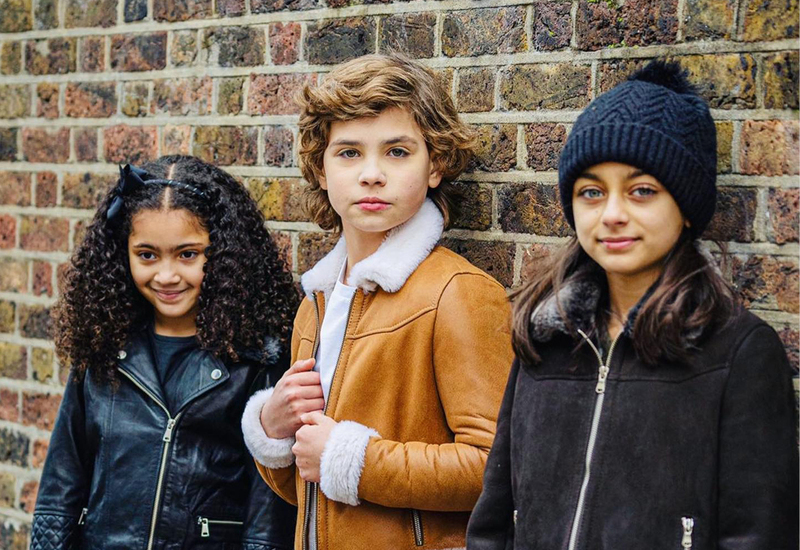
How did you manage to find a real agency in the end?
That false start killed off any desire to try for a long while. But then I happened to meet people whose children were already working with a legitimate agency so I started to reconsider. On social media, I joined all the groups I could find for parents of child models and I spent a long time investigating how the system works in Britain. Now I can finally say that after many years I’ve practically become an expert in the area. So, here is a list of the best agencies for children; legitimate, genuine agencies that are really in business:
1) Kids London,
2) Bonnie & Betty,
3) Urban Angels,
4) Bruce and Brown,
5) Grace and Galor,
6) Ray & Robin,
7) Rebel Nineteen,
8) USI Agency,
9) Signature Model & Acting Agency,
10) Alphabet Kidz,
11) South Coast Kidz,
12) Lacara.
Some of the agencies also have departments for acting and for adults. Photos of models from these agencies feature in the catalogues and advertising of major companies such as Calvin Klein, Zara, Marks & Spencer, H&M, Monsoon, Stella McCartney, Burberry etc.
This list isn’t exhaustive. There are also agencies working only, or predominantly in the north of England, such as Boss Model Management, Ology, Nemesis, Face Models and Casting. There are also agencies specialising in child actors, some examples include Mark Jermin, Hashtag, Brown and Mills and Talent 4 Kidz. There are other specialised agencies, such as those for disabled models or children with other visible differences. One of them is Zebedee.
Next, of course, come the titans of the modelling industry, the leading international agencies where the most famous supermodels work (as a rule, they don’t recruit models under 16):
1) IMG Models,
2) Premier Model Management,
3) Select Model Management,
4) Wilhelmina Models,
5) Storm Management,
6) Elite London,
7) Models 1.
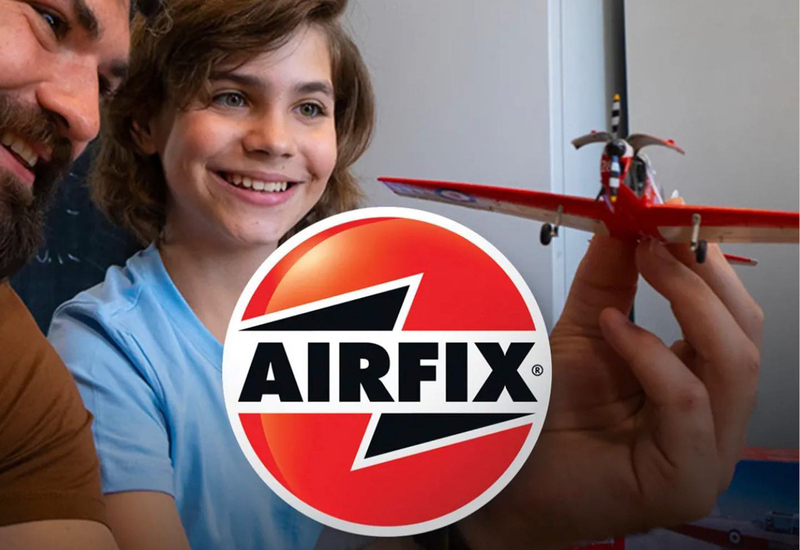
How does the process of applying to a model agency begin?
You need to start by checking if the agency is legit. All the agencies in the list above have been thoroughly vetted, they're honourable, reliable companies. If the agency you’re interested in isn’t on the list, it’s better not to take the risk. At the very least, check it in the Companies House state registry, that’s easy to do online. Look at the agency’s site, its pages on social media and those of their clients.
The second step is the photographs. You need clear, good-quality shots, without retouching or processing; a few portraits (they call them headshots, only the head and shoulders should be in the frame) and several full-length photos. To see what the child really looks like, some agencies ask for amateur photographs, which you can take yourself at home with your telephone. Although high technical standards aren’t required for these, even if you do it at home, I’d at least recommend using a professional camera. It’s essential to have a light, neutral background; a white wall without pictures or furniture is quite acceptable. It’s also preferable to use professional lighting equipment such as softboxes. The child should not specially pose, a natural look is the best. The portrait should be neutral; you need to look straight ahead (and not over your shoulder, for instance). It should be almost like a passport photo. Take several different shots, in different clothes, with a smile and without.
The next stage is to fill in the form on the site of each agency. As a rule, you’re required to state all the child’s basic measurements and attach three to five different photos. Choose one with a smile, one without and one full-length, that’s the minimum set. And next, cross your fingers and wait for an answer. If your child is small and can’t speak for themselves, then you should make a video, and talk about them off-screen, mentioning their name, age, and the place where you live.
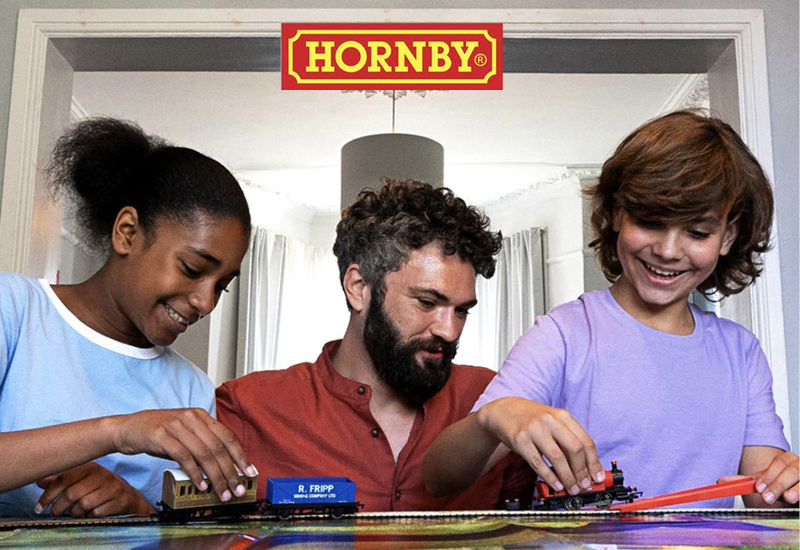
Is it true that legitimate agencies never ask for payment in advance?
No, not necessarily. My son is currently with one of the best agencies in London, Bonnie & Betty. They rarely hold castings, only once every six to twelve months, and it’s not easy to get selected. And if they have chosen a child, you need to pay £75 in advance. This is for registration to feature on their site. At Lacara, there is a fee for premium profiles on their site, but you can make do with a free profile. Also, any decent agency will probably ask you to take some professional photographs of your child after you sign up. You can choose the photographer yourself or ask the agency for advice. The main thing is not to look for a fashion photographer, high-art shots are not suitable here, this isn’t Vogue magazine. The photographs should be against a light background, without retouching, neutral, simple and clearly reflect the child’s appearance. And of course, the agency will take a commission of roughly 15-25% from each job.
If your kid has been recruited by a good agency, does this guarantee them a job in the immediate future?
Unfortunately not. No agency gives such guarantees; they can only promote the child and submit applications; everything depends on the company which is choosing models. A model’s success depends on certain trends and requirements within the industry. For instance, one factor is location; a child’s chances are increased many times over if you live in London, the closer to the centre the better. This is related to the limits on the number of hours a child can spend on the set and travelling for work. There are fashions in typecasting. For example, for several years now, mixed-race and Asian children have been popular. When fair-skinned children are still chosen then, as a rule, they are either blond or ginger-haired. Also, companies and agencies prefer children who look younger than their actual age; companies’ clients want kids to look like kids, but the older the child, then, legally, the longer they can work and the better they understand the instructions of directors and photographers. For instance, if your child is ten, but their height and appearance is that of an eight-year-old, that’s great for this industry!
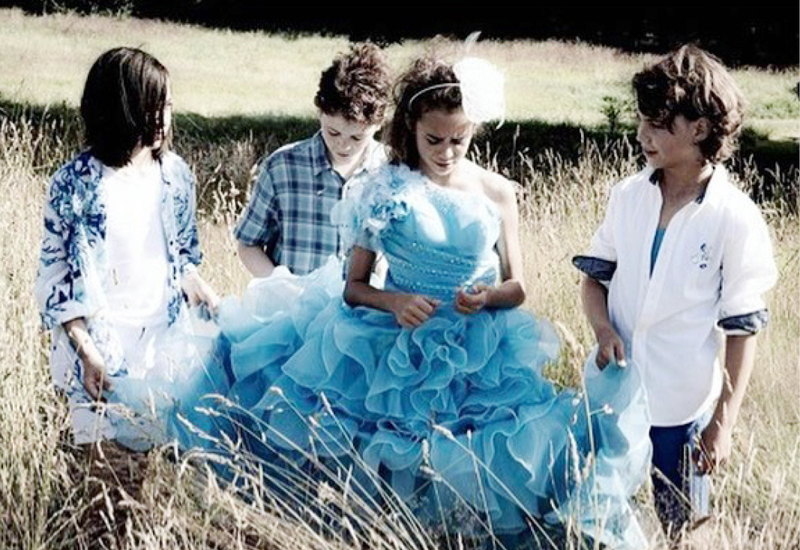
What age is it best to start from?
From birth, that’s the ideal age. Film studios, as well as companies that manufacture products for babies, need newborn models. But you must understand that this is hard work, both for you and your child. If you have a full-time job and you work every day from morning to night, you won’t get anywhere. You have to liaise constantly with the agent, fill in forms, go to castings, and spend a lot of time at photo studios. What’s more, you have to consider how suitable your child is for this work. If you have a very calm baby and lots of free time, that’s great! There are different requirements for older children; they have to be well-behaved and patient, but at the same time active, confident and talkative. To sum up, a child of any age can succeed, and if you have motivation, time, energy, patience and enthusiasm, everything will fall into place!

